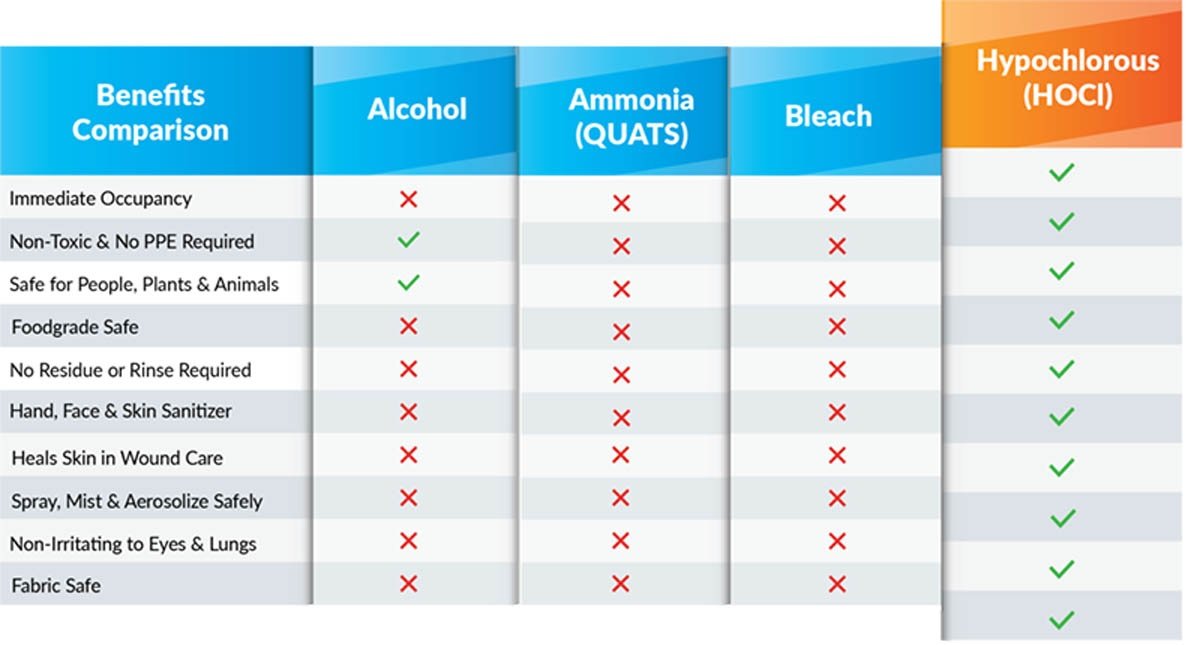This paper reports a microscopic observation and descriptive study of a sample received from Ricardo Delgado Martín. The samples were labeled with a sterile concentrate of COVID-19 mRNA. Preliminary analysis revealed the presence of unidentified nano-microorganisms, as well as a large amount of material other than RNA. Transmission electron microscopy (TEM) images of the samples were highly similar to those of graphene oxide in the literature. The light microscopy images of the samples were similar to those of standard samples of reduced graphene oxide. Structural characterization of the sample is required to finally determine the presence of graphene. This appendix contains photographs of the graphene oxide detected in the aqueous suspension of the samples, taken with optical and electron microscopes, before and after processing, as well as the standard sample of reduced-oxygen graphene.
To confirm that the findings are authentic and reliable, they require additional separations and specific spectroscopic analyses to characterize the structure of the substances in the samples. We also recommend that a large number of samples be sampled in order to generalize the findings to similar samples and to document the origin, traceability and quality control of the samples.
Research Methodology
Their research approach was to use light and electron microscopy to observe the samples and compare them with literature images and standard samples of minus graphene oxide. We also used translational electron microscopy (TEM) and scanning electron microscopy (SEM) to observe the samples and spectroscopic analysis techniques (e.g. XPS, EDS, NMR, FTIR, or Raman) to determine the structural features of the samples. Finally, it was concluded that although microscopic observation does not provide conclusive evidence, it is likely that graphene derivatives are present.(Pages: 1,2,3,5,6,7,8,14,15,16,17)
Graphene oxide toxicity
Graphene is a novel material with properties that may have adverse effects on human health. Studies have shown that graphene may cause inflammation in the lungs, as well as other respiratory diseases. In addition, graphene may pollute the environment because it can persist in water bodies and may affect the growth and development of aquatic organisms.(Pages: 2,3,4,5,6,7,8,9,10,11,12,13,14,15,16,17)
Credibility
These studies were carried out by Prof. Dr. Pablo Campra Madrid, Ph.D. in chemical sciences and B.Sc. in biology from the University of Almeria, Spain. He has the experience to provide accurate and reliable results of the studies.


Leave a Reply